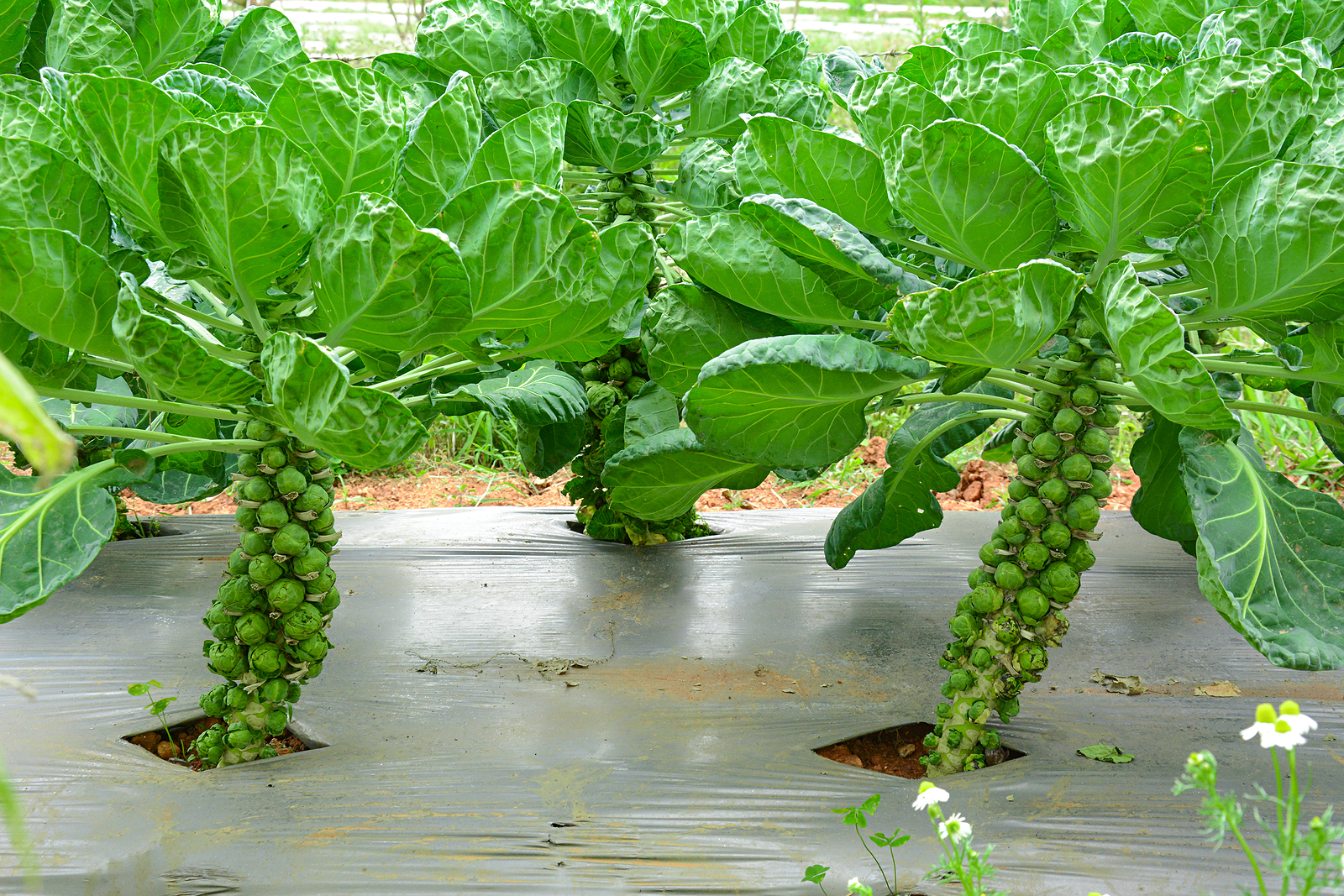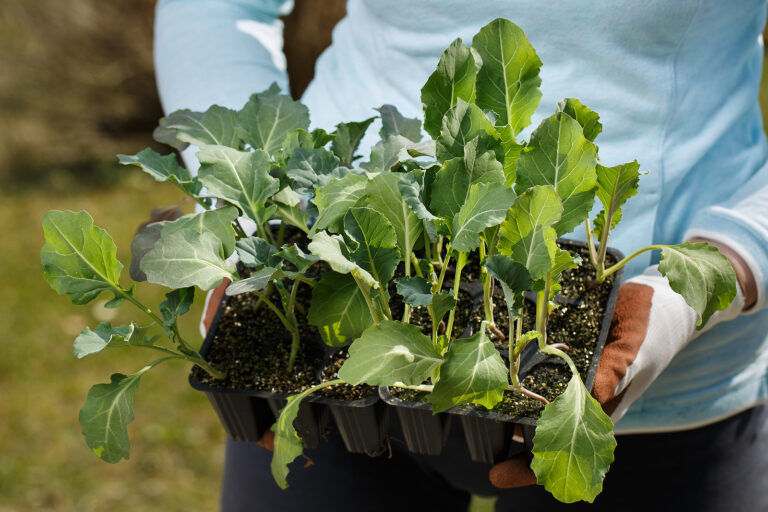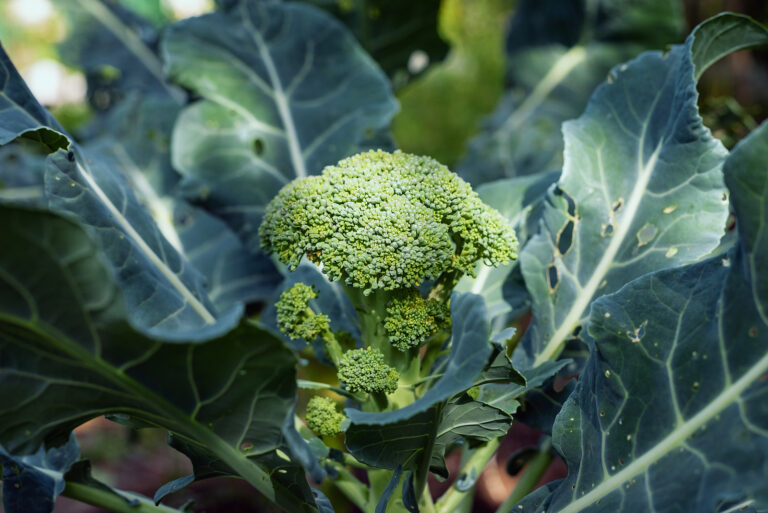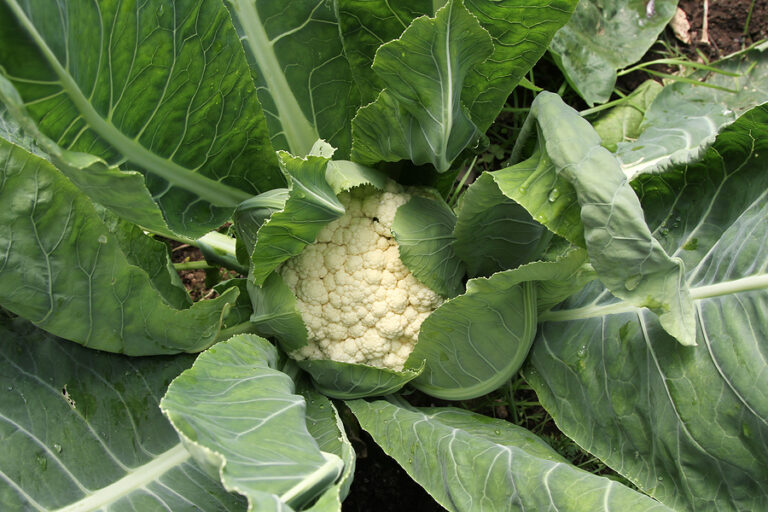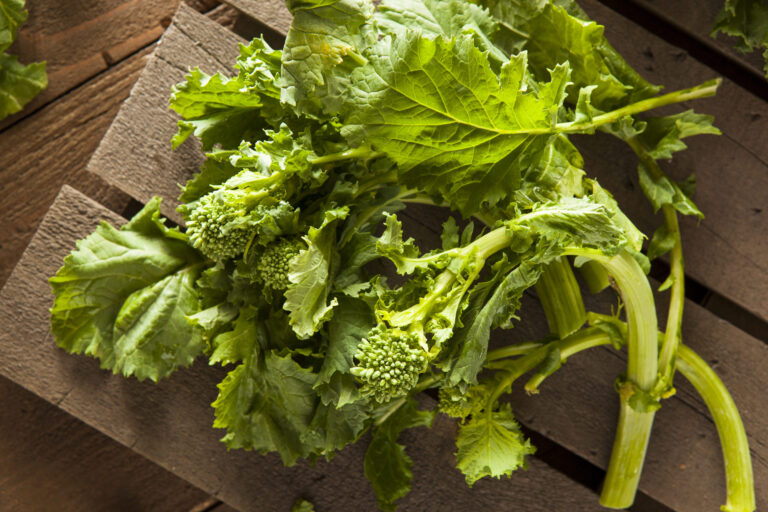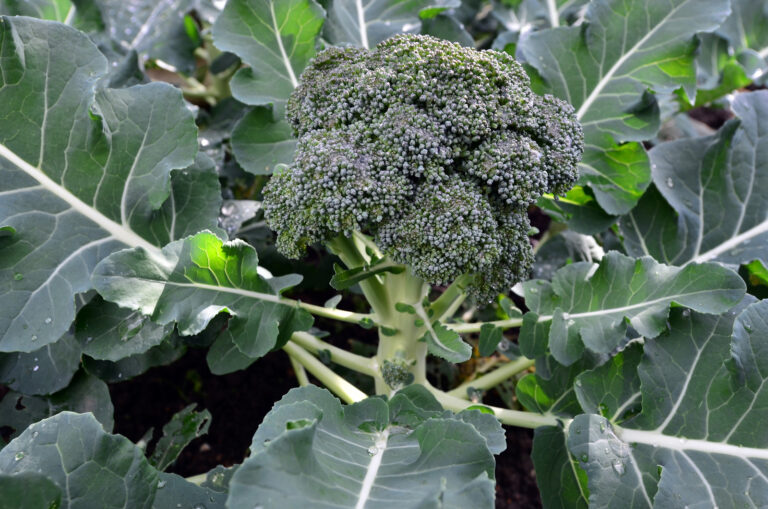Best Brussels Sprouts Varieties for Flavor and Climate
Choosing the right Brussels sprouts variety is key to enjoying delicious, productive plants that thrive in your local climate. With over 30 years of experience growing Brussels sprouts in a range of conditions—from cool coastal gardens to warmer inland valleys—I’ve tested many varieties and identified the best performers for flavor and adaptability.
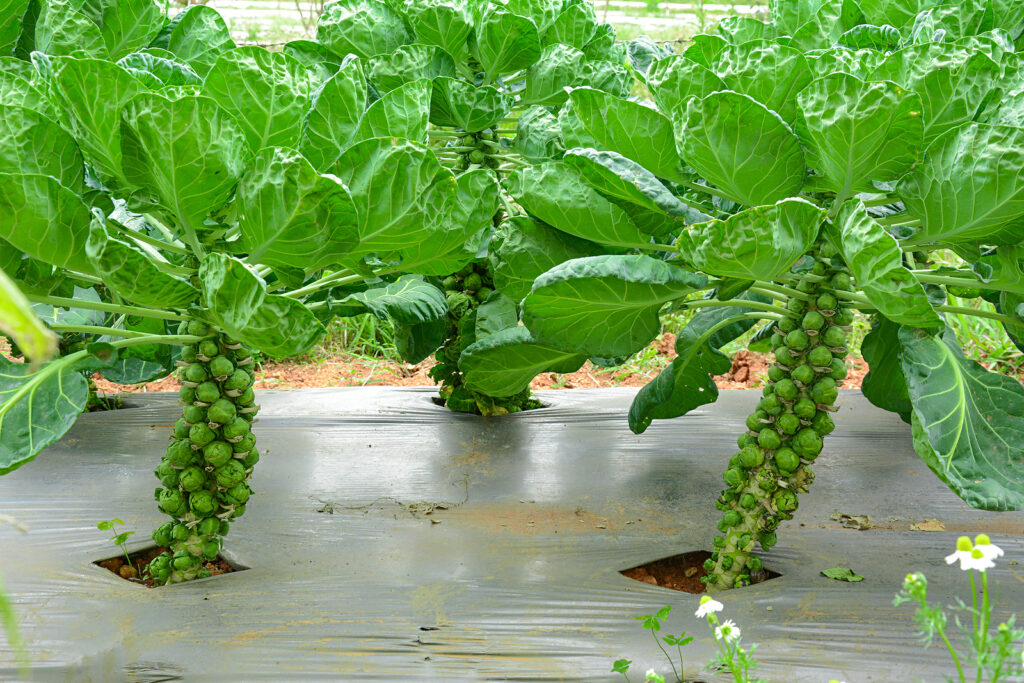
Top Brussels Sprouts Varieties for Flavor
- Diablo: Known for large, sweet sprouts with excellent cold tolerance; matures in about 90 days.
- Jade Cross: Compact, high-yielding with tender, mild-flavored sprouts; great for smaller gardens.
- Long Island Improved: Classic heirloom with robust flavor and good disease resistance; matures in about 100 days.
- Oliver: Late-season variety with dense, flavorful sprouts; holds well on the stalk through winter.
- Falstaff: Produces uniform, firm sprouts with a nutty flavor; tolerates warmer climates better than most.
Varieties for Different Climates
- Cold Climates (Zones 3–6): Diablo, Long Island Improved, and Oliver perform well with frost tolerance and strong flavor development.
- Mild to Warm Climates (Zones 7–10): Jade Cross, Falstaff, and Diablo thrive with extended growing seasons and resist heat stress.
- Compact Garden Spaces: Jade Cross and Long Island Improved are ideal due to their manageable size and high yield.
My Experience Tip
In my Sonoma Valley garden (Zone 9), Falstaff sprouts hold well into January, maintaining sweetness even as temperatures fluctuate. Meanwhile, Jade Cross is my go-to for container growing thanks to its compact habit.
Brussels Sprouts Variety Comparison Chart
| Variety | Days to Maturity | Flavor Profile | Ideal Climate Zones | Notes |
|---|---|---|---|---|
| Diablo | ~90 | Large, sweet, cold-hardy | 3–10 | Excellent frost tolerance |
| Jade Cross | ~85 | Tender, mild, compact | 7–10 | Great for containers and small gardens |
| Long Island Improved | ~100 | Robust, classic flavor | 3–7 | Good disease resistance |
| Oliver | ~110 | Dense, nutty, late-season | 3–7 | Holds well through winter |
| Falstaff | ~95 | Uniform, nutty, heat-tolerant | 7–10 | Performs well in warmer climates |
Brussels Sprouts Growing Hub
🥦 The Ultimate Brussels Sprouts Growing Guide: From Seed to Harvest
🌱 Planting & Growing
- Brussels Sprouts Seed Starting Tips
- Getting seeds started indoors and outdoors and timing tips.
- When to Plant Brussels Sprouts for Fall and Winter Harvests
- Zone-specific planting schedules and timing tips.
- How to Grow Brussels Sprouts in Containers: Tips and Tricks
- Soil mix, container size, watering, and feeding specifics.
- How to Space Brussels Sprouts for Maximum Yield and Airflow
- Avoiding overcrowding to prevent disease.
- Succession Planting Brussels Sprouts for a Longer Harvest Season
- How to time plantings for continuous sprouts.
💧 Care & Maintenance
- How to Water Brussels Sprouts for Healthy Growth and Flavor
- Best watering practices to avoid stress and bolting.
- How to Fertilize Brussels Sprouts: Feeding for Big, Tasty Sprouts
- Timing and type of fertilizer recommendations.
- How to Stimulate Brussels Sprout Production: Tips for More Sprouts per Stem
- Pruning, feeding, and environmental strategies.
🐛 Pests & Diseases
- Common Brussels Sprouts Pests and Diseases and How to Control Them Naturally
- Cabbage worms, aphids, flea beetles, and integrated pest management.
🧺 Harvesting & Storage
- When and How to Harvest Brussels Sprouts for Best Flavor and Texture
- Signs of maturity and harvesting techniques.
- How to Harvest and Store Brussels Sprouts
- When to harvest and keeping sprouts fresh post-harvest.
🍽️ In the Kitchen
- Five Easy Ways to Cook and Serve Brussels Sprouts: Roasting, Sautéing, Steaming, and More
- Simple recipes and cooking methods.
🌱 Varieties & Seed Saving
- Best Brussels Sprouts Varieties for Flavor and Climate
- Early, mid-, and late-season varieties.

